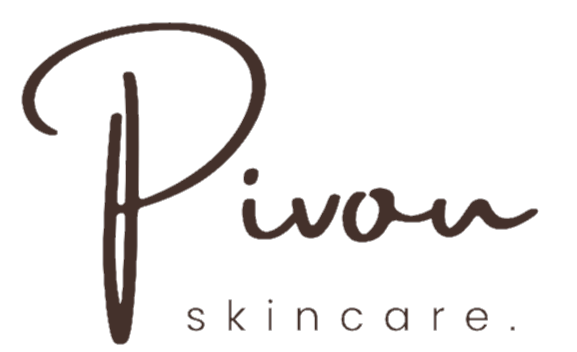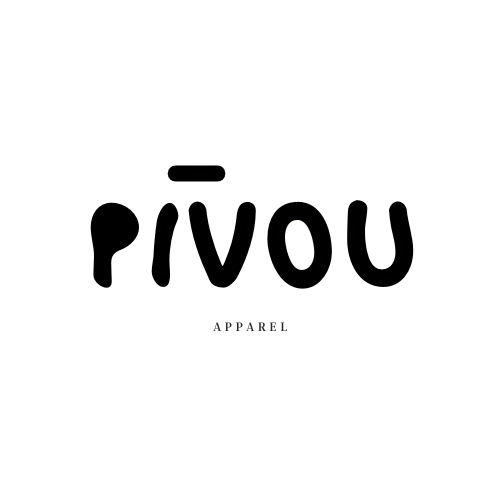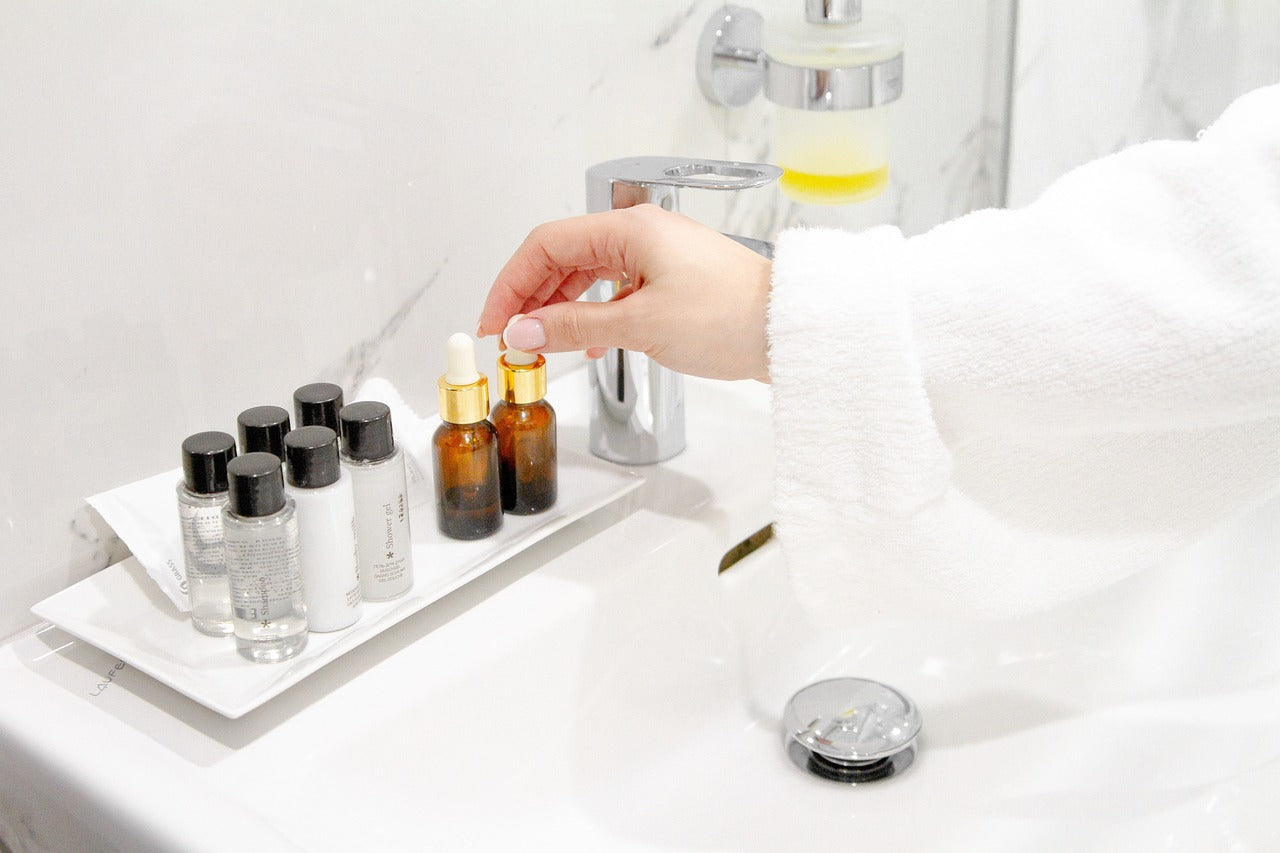In the quest for youthful and radiant skin, retinol has long been hailed as the gold standard in skincare. The irony in all of this, however, is that even though the revolutionary youth-enhancing active is a mainstay of drug stores and dermatologist offices, it still manages to mystify. And because of that, it's often underutilised or misused.
More importantly, it's not the only “miracle” active in the skincare world. Alternatives, like, bakuchiol, are taking the world by the storm, leaving many to wonder – which is best suited for their skin and what exactly are the differences.
In this article, I want to talk about retinol and bakuchiol, and dive deeper into the main differences, benefits and when they should be used.
What's retinol?
Retinol is a vitamin A derivative that tackles concerns ranging from collagen production to fine lines and skin texture. It helps to increase skin cell production to improve issues like blocked pores, rough skin and ageing skin, as it increases collagen production.
These days retinol seems to be everywhere, and many products include it as one of the ingredients, mainly because it's a “buzzword”. Unfortunately, the problem is that it often isn't used in concentrations that would be effective on skin. If it's truly necessary to tackle some skin issues, a doctor may prescribe stronger concentrations, which then can only be purchased in pharmacies.
There are many concerns, where retinol-based products can help reduce the issues:
fine lines and wrinkles
acne and acne scars
melasma and hyperpigmentation
sun damaged skin
the appearance of large pores
uneven skin texture
stretch marks
psoriasis However, one should not try to attempt to treat these concerns on their own, without consulting with a doctor first.
There are, of course, downsides to retinol usage (otherwise, this would truly be a miracle cure that everyone stocks on their skincare shelves, right?). One side effect is that regular retinol usage can leave your skin excessively dry, flaky, and constantly inflamed. Another major turn off for many people is the phase called “purging”.
Purging includes a surge of acne, rashes, flaking, and intense redness. While this extreme irritation may only be temporary, it's among the reasons why many people turn to retinol alternatives.
What retinol alternatives are there?
Let me just start by saying, that a retinol alternative is neither a retinol nor a retinol derivative. While retinol alternatives show similar anti-ageing and skin conditioning properties as retinols, they have an entirely different chemical structure to retinoids and are chemically unrelated.
The most notable retinol alternative examples are plant-based bakuchiol, botanical vitamin A-like ingredients such as vigna aconitifolia (also known as the moth bean) seed extract, maclura cochinchinensis leaf prenylflavonoids, and nature-identical noreugenin, which is present in medicinal rhubarb. Most commonly, you will find bakuchiol, though.
Bakuchiol plant Source: eminenceorganicfarm.com
Bakuchiol is a botanical extract derived from the psoralea corylifolia plant. It's native to India, where the plant has long been used in Ayurvedic practices, as well as traditional Chinese medicine due to its anti-inflammatory benefits. But is it better or the same as retinol?
Well, there have been many studies, where bakuchiol was proven to address signs of ageing, as well as minimise the signs of hyperpigmentation. Results have been indeed as significant as retinol, but without the flaking or irritation that comes with vitamin A use. Furthermore, bakuchiol has also been proven to stimulate collagen and aid in cellular turnover, making it a promising retinol alternative.
Retinol vs bakuchiol.
There aren't enough scientific studies done, which provide a definitive proof of bakuchiol providing the same results as retinol. But so far it has shown the similar results with wrinkle and hyperpigmentation reduction as retinol users. While in all scientific studies retinol tends to slightly outperform bakuchiol, the users of the latter showed less irritation and flaking.
To have a better overview of retinol and its most popular alternative, here are the pros and cons for both.
How to use bakuchiol in your skincare?
Bakuchiol, or retinol alternative, serum doesn't require a specific routine – it can be applied on the go. However, I suggest applying it in the evenings (2-3 times per week) to allow your skin cells recover over the night. If you want to see more impressive results, you may use it twice a day – morning and night – but remember that it may still cause some irritation and dryness at the very beginning.
If using daily, you should see solid results within two months time. For some it might happen sooner, for others it might take a bit longer.
While retinol isn't recommended during daytime, especially in summer, due to increased skin cell turnover making the skin more susceptible to sun damage. Bakuchiol, on the other hand, is stable in sunlight and isn't linked to increased sun sensitivity. Regardless which one you choose to use, you must wear sunscreen every single day.
You can find Natural Retinol-Alternative Oil Serumin our shop. It's specially formulated to address the unique concerns of mature, uneven, dull, dry skin, this serum is a luxurious elixir designed to elevate any skincare routine. Bakuchiol works harmoniously with Rosehip Seed Oil to diminish fine lines and reignite your skin's youthful glow.
Both retinol and bakuchiol offer significant benefits for the skin. The choice between the two depends largely on individual skin type and tolerance. For those with sensitive skin or who are new to anti-ageing products, bakuchiol provides a gentle, yet effective option. And, being a fan of all things natural, I’d, of course, recommend, choosing bakuchiol. When incorporating either one of them into your skincare routine, consider your skin's needs carefully and introduce new products gradually.



Share:
Your Nighttime Skincare Routine Guide